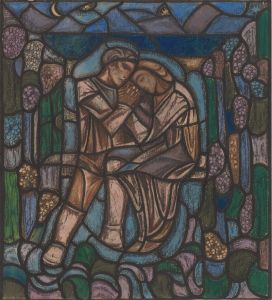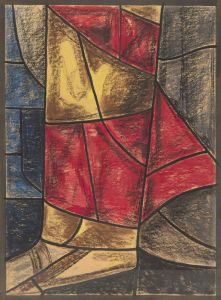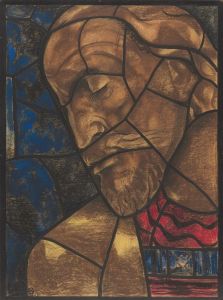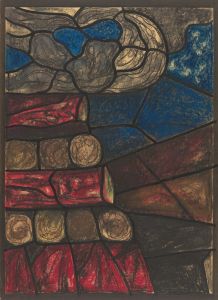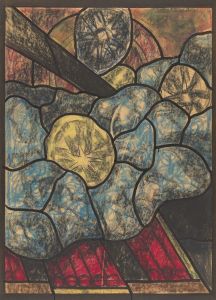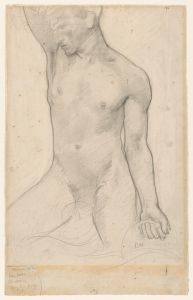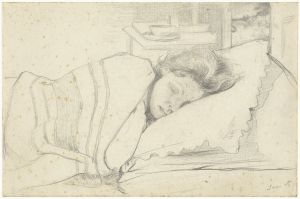
Ontwerp voor raam in het postkantoor te Utrecht
A hand-painted replica of Richard Nicolaüs Roland Holst’s masterpiece Ontwerp voor raam in het postkantoor te Utrecht, meticulously crafted by professional artists to capture the true essence of the original. Each piece is created with museum-quality canvas and rare mineral pigments, carefully painted by experienced artists with delicate brushstrokes and rich, layered colors to perfectly recreate the texture of the original artwork. Unlike machine-printed reproductions, this hand-painted version brings the painting to life, infused with the artist’s emotions and skill in every stroke. Whether for personal collection or home decoration, it instantly elevates the artistic atmosphere of any space.
Richard Nicolaüs Roland Holst (1868–1938) was a prominent Dutch artist and designer associated with the Arts and Crafts movement in the Netherlands. He is known for his work in various mediums, including painting, stained glass, and graphic design. One of his notable works is the design for a stained-glass window titled Ontwerp voor raam in het postkantoor te Utrecht (Design for a Window in the Post Office in Utrecht).
This artwork was created as part of a larger commission for the main post office in Utrecht, a building designed by architect Joseph Crouwel and completed in 1924. The post office, now known as the Neude Library (Bibliotheek Neude), is an iconic example of the Amsterdam School architectural style, characterized by its expressive forms, decorative brickwork, and integration of art into the building's design. Roland Holst was commissioned to create stained-glass windows for the building, contributing to its artistic and functional aesthetic.
The design for the window reflects Roland Holst's characteristic style, which often incorporated symbolic and allegorical elements. His work was deeply influenced by his interest in socialism, spirituality, and the unity of art and craftsmanship. The stained-glass designs for the Utrecht post office were intended to complement the building's architecture while also conveying themes relevant to communication and the postal service. The use of vibrant colors and intricate patterns in his designs demonstrates his mastery of the stained-glass medium and his commitment to creating art that was both beautiful and meaningful.
While the exact details of the Ontwerp voor raam in het postkantoor te Utrecht are not widely documented, it is known that Roland Holst's contributions to the Utrecht post office were part of a broader movement in the early 20th century to integrate fine art into public and civic buildings. This approach aimed to elevate everyday spaces and make art accessible to a wider audience.
Today, the former post office building in Utrecht remains a significant cultural landmark, and Roland Holst's designs are recognized as an important part of its artistic heritage. His work continues to be celebrated for its craftsmanship, symbolism, and contribution to the integration of art and architecture in the Netherlands.






